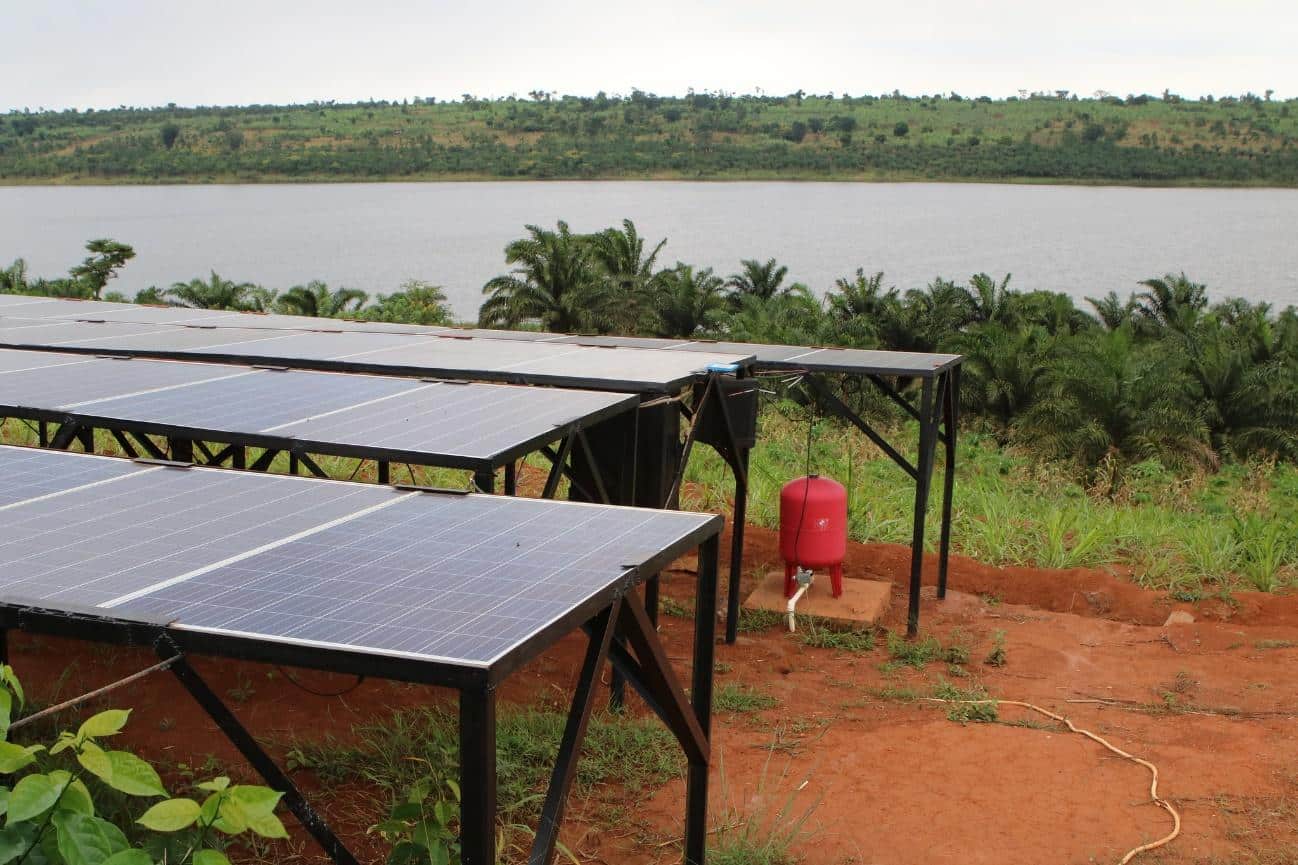One bit of economic advice farmers often receive is that they should consider diversifying their operations. Growing only one kind of crop may be too risky, as both yields and prices can fluctuate. But one environmental science and engineering expert says she may have even better advice for farmers looking to shield themselves from the vagaries of weather and the commodities markets: install solar panels and sell the electricity.
Rosa Cuppari is an academic at the University of North Carolina at Chapel Hill. Her affiliations include the university’s Department of Environmental Science and Engineering and its Center on Financial Risk in Environmental Systems.
She’s also the lead author of a recently published study on the benefits farmers can expect to receive from embracing agrivoltaics—the practice of mixing farming with electricity generation, typically via solar power arrays. Though she’s mainly directing her agrivoltaics research findings to farmers in the United States, she says mixing solar panels with growing food can work as a form of crop insurance for smallholder farmers, as well, depending on the market incentives put in place.
Not just for big operations
At first glance, it seems a viable agrivoltaic system would need to be large, or at least big enough to generate enough electricity to sell to a utility. But in an email exchange, Cuppari told Grow Further that’s not necessarily the case. So long as the installation costs can be contained, then these systems can benefit developing world smallholder farms as well, she said.
“The beauty of agrivoltaics is that they can operate under any size—a two-hectare farm with just a few panels is still an agrivoltaic system,” Cuppari explained. “The practical concern for farmers at any scale is the cost of installing the solar system and then maintaining it, an issue I imagine would be more pressing in a developing country context.”
Solar-based agrivoltaics envisions growing crops between and beneath raised platforms of solar panels usually tilted to face south to soak up the most sun (for panels installed in the Northern Hemisphere, at least). Naturally, the crops end up in the shade for much of the day. This can impact total crop yields depending on the positioning of the solar panels, but recent investigations into solar agrivoltaics have revealed benefits.
As Cuppari and her two co-authors report in their paper, now published in the journal Applied Energy, past research has revealed how some crops growing in the shade of solar photovoltaic panels for part of the day “improve their ability to intercept sunlight, reduce evapotranspiration levels, and increase crop water use efficiency and productivity.”
“The beauty of agrivoltaics is that they can operate under any size – a two hectare farm with just a few panels is still an agrivoltaic system.”
These aren’t the only potential net positives of solar agrivoltaics. “My analysis suggests that panels can provide a substantial revenue stream in what is a rather low-margin sector, and if paired with incentive schemes or aid, the costs do not have to be a barrier,” Cuppari said. Depending on the system size or type, their research concludes that agrivoltaic farming can boost a farm’s annual net revenues by about 300%, and in some cases by up to 5,000%.
Farming the sun
Agrivoltaic systems can net farmers fixed revenue streams as the electricity these solar arrays generate is usually sold to a local utility under power purchasing agreements—the power company buys the electricity at a per megawatt-hour price agreed to beforehand. PPA prices have been trending lower, but so have solar panel array installation costs. In some cases, a utility may even put up the costs to install a system and pay farmers rent for the use of their land.
Either way, a farm is left with a revenue stream that isn’t impacted by crop price fluctuations or disappointing harvests. The trick is to have a good PPA arrangement in place that farmers can benefit from, and here governments and even third-party actors negotiating with local power companies can play a role.
Cuppari says off-grid smallholder farms can benefit, as well. “Agrivoltaics can also be used to offset on-farm electricity use or, in areas with limited or unreliable electrification, provide a source of stable electricity to power refrigeration (pivotal for farmers!) or charge devices—all things that can improve a farm’s financial viability,” she said.
The concept of pairing renewable power generation with farming is gaining popularity as pressures on land use and demand for power increase. Many fans of agrivoltaics assume these systems are best suited for larger operations capable of hosting a large number of solar panels to produce sufficient volumes of electricity to interest a power company. But as Cuppari et al.’s research findings show, this is a misperception. Smallholders controlling small plots can benefit, as well. “Agrivoltaics, when paired with appropriate crops, are a very efficient form of land use, meaning that they can be particularly useful for land-constrained regions,” Cuppari said.
— Grow Further
Photo credit: Solar panels at a farm in Rwanda. Frances Hayes/Daugherty Water for Food Global Institute.




